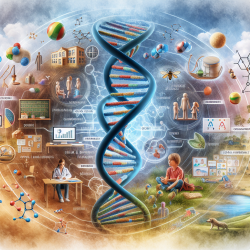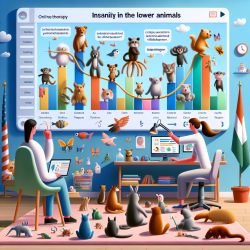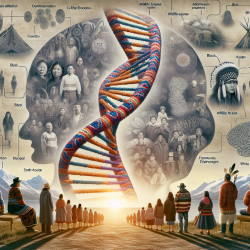Understanding the Complex Interplay of Genetics and Environment in Adolescent Development
As practitioners dedicated to fostering positive outcomes for children, it's crucial to delve into the intricate interactions between genetics and environmental factors during adolescence. Recent research has shed light on how these interactions can influence behaviors in adulthood, particularly concerning intimate partner violence (IPV) perpetration.
The Study: A Closer Look at Dopamine Genes and Adolescent Experiences
A study titled Interactions of adolescent social experiences and dopamine genes to predict physical intimate partner violence perpetration explores the role of three dopamine gene alleles (DAT1, DRD2, DRD4) in conjunction with adolescent social experiences. This research utilized data from the National Longitudinal Study of Adolescent to Adult Health, focusing on how exposure to violence and school social environments during adolescence could predict IPV perpetration in adulthood.
Key Findings: The Influence of Environment and Genetics
The study found that the presence of risk alleles alone was not directly associated with IPV perpetration. However, adolescents exposed to violence and those who felt disconnected from their school environment were more likely to perpetrate IPV as adults. Interestingly, these effects varied depending on the individual's genetic makeup.
- Individuals with non-risk dopamine alleles who experienced violence or school disconnection had increased odds of IPV perpetration.
- Conversely, those with high-risk alleles did not show the same increase, suggesting a complex interaction between genes and environment.
Implications for Practitioners
For practitioners, these findings emphasize the importance of considering both genetic and environmental factors when developing interventions. Here are some practical steps to enhance your practice:
- Promote a Positive School Environment: Encourage schools to foster supportive and connected environments, which can mitigate the risks associated with adverse genetic predispositions.
- Address Exposure to Violence: Work with families and communities to reduce exposure to violence, providing children with safer environments that can positively influence their developmental trajectories.
- Encourage Further Research: Stay informed about ongoing research in genetics and environment interactions to refine intervention strategies continually.
Looking Ahead: The Need for Continued Research
While this study provides valuable insights, it also highlights the complexity of genetic and environmental interactions. Further research is necessary to fully understand these dynamics and their implications for IPV and other behavioral outcomes. As practitioners, staying abreast of new findings will enable us to better support children in achieving positive futures.
To read the original research paper, please follow this link: Interactions of adolescent social experiences and dopamine genes to predict physical intimate partner violence perpetration.










